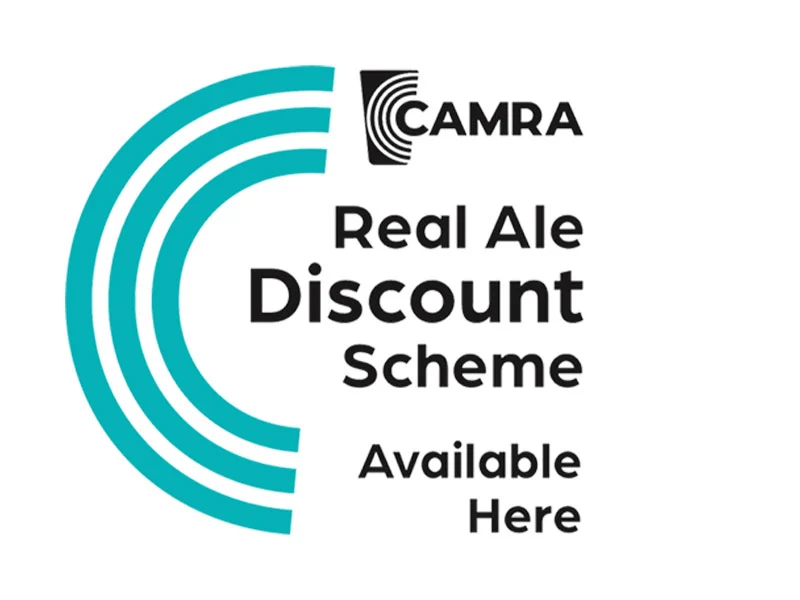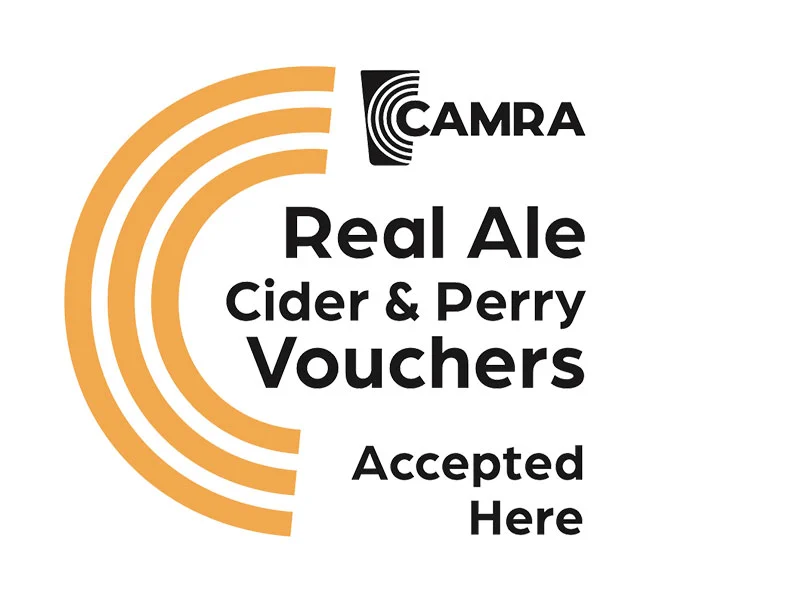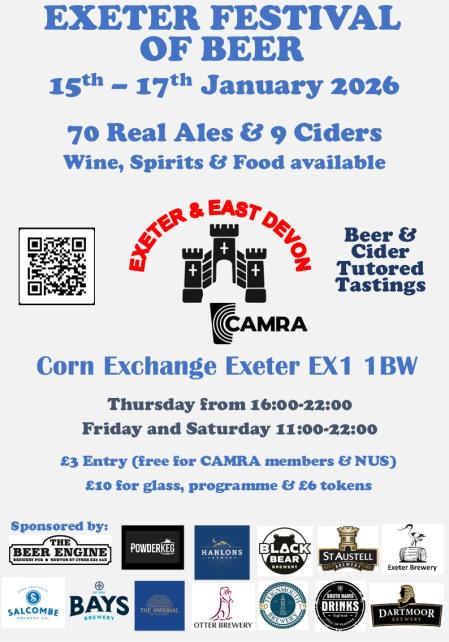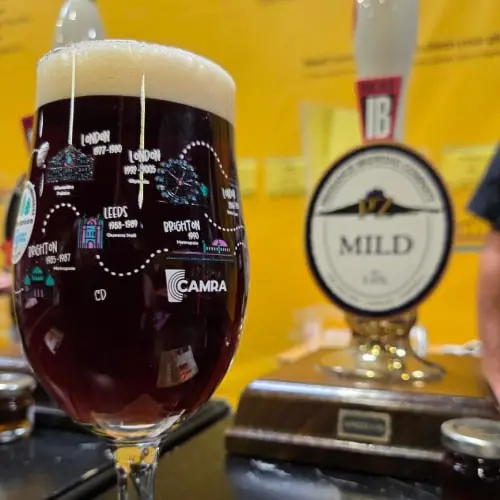At the beginning of 2024, I asked a number of brewers what their expectations were for the year ahead. Despite the difficulties posed by the economic situation, there was a surprising amount of optimism about cask beer. Now, 12 months on, it feels like a good time to look again at the state of the cask market.
The big news for cask was announced in July 2024. The sale of Marston’s 40 per cent stake in the Carlsberg Marston’s Brewing Company saw the end of nearly 200 years of brewing heritage. Now Marston’s is focused on its pub estate, and, under Carling, ex-Marston’s breweries continue to close, and brands delisted. The Burton union system had been discontinued for brewing Pedigree in February, although, thankfully, we have seen two sets making their way to Thornbridge and Epochal since then, preserving the historic equipment in an operational state.
There is cautious optimism about the space Marston’s withdrawal may leave for independents.
“With global brewers seemingly turning their backs on cask it may create growth opportunities for smaller breweries,” said Trevor Hourican of Salopian brewery, which turns 30 in 2025. “Furthermore the SIBA Indie Beer initiative will hopefully give the cask beer industry a shot in the arm and attract new drinkers.”
The launch of the Indie Beer campaign was definitely the other big piece of beery news this year. It may help to give small and mid-size brewers more leverage to gain space on the bar. SIBA’s activity to raise public awareness of independent breweries gained coverage worth an estimated £6m in the first 72 hours after launch, including an editorial in the Guardian.
"The Indie Beer campaign launch has gone better than any of us could have hoped,” SIBA’s Neil Walker said. “It really has reached out of the beer bubble and made it into the public conversation. We know people want to support local businesses and are increasingly seeking out more interesting independent beer - the Indie Beer campaign is about ensuring every penny people are trying to spend on independent breweries is actually going to them, and not into the hands of the globals.”
This year a family-owned, independent business finally became the proud brewers of the best-selling cask beer by value, according to the Morning Advertiser’s Drinks List 2025. Timothy Taylor’s Landlord was outsold on volume by Sharp’s Doom Bar by just over 6,000HL (compared to about 44,000HL the year before), but was able to pull in an impressive £6.7m more in value. To me, that’s a positive sign that Timothy Taylor’s is enjoying strong growth and there’s a positive perception of value surrounding their beers.
As a side note, there is a question about the comprehensiveness of the Morning Advertiser’s annual Cask List, in my mind at least. Given the volume of HPA and Butty Bach that Wye Valley brewery sells each year, they should easily have made the top ten for at least the last two years. That makes me concerned about the completeness of the data that CGA compiles to generate the Cask List, and how accurately it reflects the UK cask market.
Taylor’s isn’t the only one to put cask at the heart of their production. For Rooster’s, cask accounts for around 65 per cent of its total output.
“We doubled down on our commitment to the format by releasing all six of the collaborations we brewed exclusively in cask,” Tom Fozard said. “Looking ahead, 2025 will deliver more of the same when it comes to our commitment to cask beer, and we’ll be kicking the year off with the launch of Yorkshire’s Best as a new addition to our core range.”
This best bitter will be vegan and gluten-free, continuing the quiet trend for brewing accessible beers that has really taken off this year. Brass Castle brewery has always followed this path but is now testing every batch of cask ale for gluten to give additional consumer confidence, despite the small extra cost that adds to its products.
Interestingly, Brass Castle has chosen to dig in with a refined range of core beers this year.
“Cask beer is sadly no longer a format in which we can do a great deal of innovation and experimentation,” Phil Saltonstall said. “But it is satisfying to thoroughly calibrate recipes. Keg and can still present better opportunities for the weird and wonderful.”
While Attic Brewing Co in Birmingham has been focusing on a range of traditional styles for cask, it is more open to producing a wide range of styles.
“Last year we found cask went pretty well for us,” head brewer Harry Gwilliam said. “Even though we're still majority keg, our cask volume grew significantly as we found more opportunities to access new markets and sell beer into different pubs. I believe quite a few places are tied on their keg selection but have a bit more freedom when it comes to cask, so I think this has helped us increase our cask output over the past year or so.”
Whether brewers are choosing to tweak their classics or put out more experimental releases, the reassuring thing is that they are still brewing cask ale with gusto. In October, Shepherd Neame reaffirmed its commitment to cask after reports had suggested it was leaning more into keg. It’s a red flag that reminds us that while cask is much loved, running a profitable business making or selling it is far from easy as we head into 2025.

























